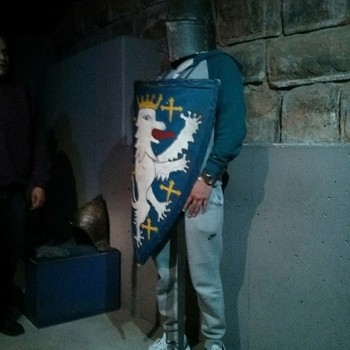Is #1/oo = 0# ?
4 Answers
Explanation:
Ex:
#1/10000000= 0.0000001
Now you can these number are not 1 and are not even relatively close to 0, but if you divide by a relatively huge number you will get a extremely small number which will nowhere be 0, but close to it.
As for anything times
See below.
Explanation:
As others have pointed out, it is an error to say that
If a fraction is formed by the ratio of
as the denominator increases without bound, the ratio approaches
Another way of saying this is:
If we divide
The precise mathematical definition takes a bit of work to understand:
we say that
For any positive number
for all
Notice that in the part after "if and only if" there is no mention made of infinity. We do not treat infinity as a number. (In spite of the phrase "as
We do use the notation
and read it "the limit as
The phrase "x approaches infinty" is easy to misunderstand and is best replaced by "x increases without bound".
I would like to use polar coordinates.
In polar form,
the direction making an angle
Upon this line
Let
Let us make
Now,
Cross multiply and take the limits.
Is it not understandable that, in either case, the indeterminate form
of (rf) is
covering both clockwise and anticlockwise rotations, for
Remember that the direction
Explanation:
There are only a few specialised contexts in which you can truly say
In calculus it is used as shorthand notation for limits.
In complex analysis and other interesting areas of mathematics it can have other meanings...
Consider a sphere with equation
This has centre
It "sits on" the XY plane at the origin, with the top point of the sphere being
Now consider lines passing through
Any such line will either intersect the plane at one point
Now suppose the XY plane represents the Complex numbers. Each
The unit circle corresponds to the equator of the sphere.
We now label the top of the sphere
This spherical representation of
We can define a few arithmetical operations involving
#z + oo = oo + z = oo# for any#z in CC#
#z * oo = oo * z = oo# for any#z in CC "\" { 0 }#
#oo * oo = oo#
#z/oo = 0# for any#z in CC#
#z/0 = oo# for any#z in CC "\" { 0 }#
The following are undefined:
#oo + oo#
#oo - oo#
#0 * oo#
#oo * 0#
With these restrictions
A Möbius transformation is a function of the form:
#f(z) = (az + b)/(cz + d)#
for some
Such a transform maps circles on



